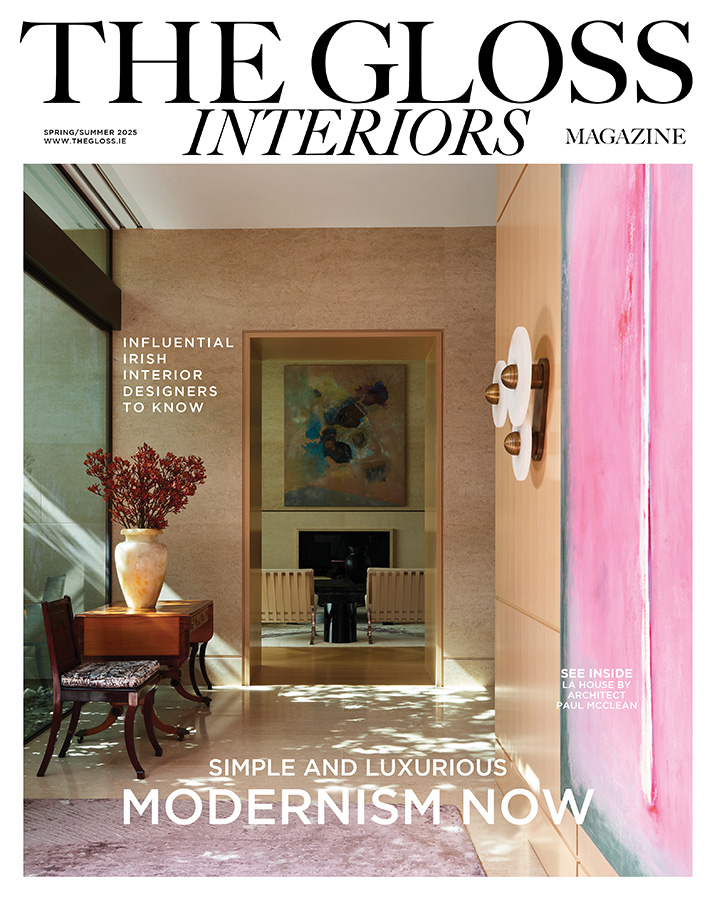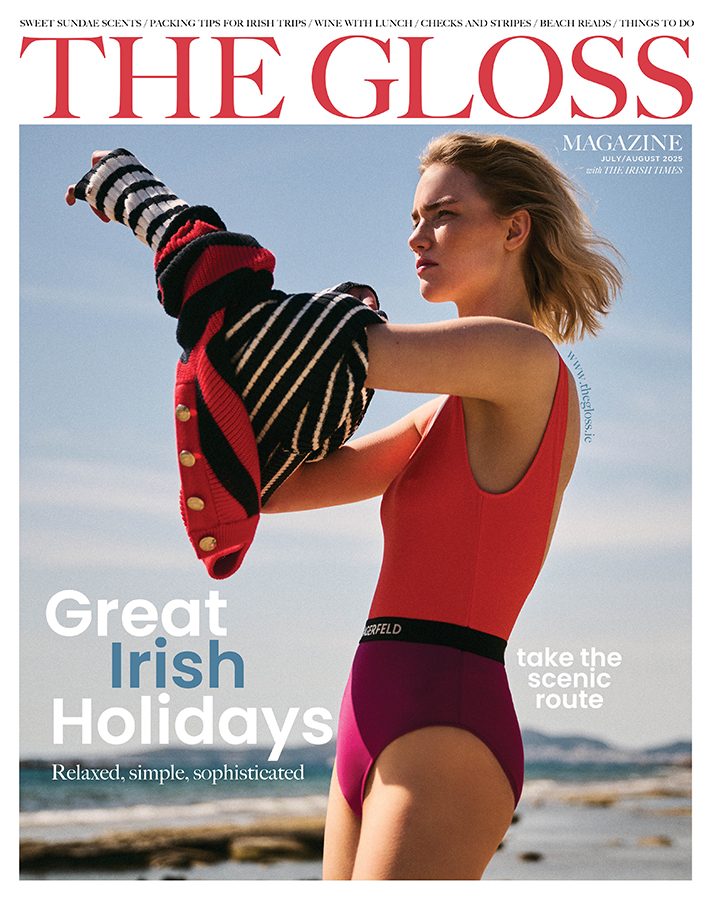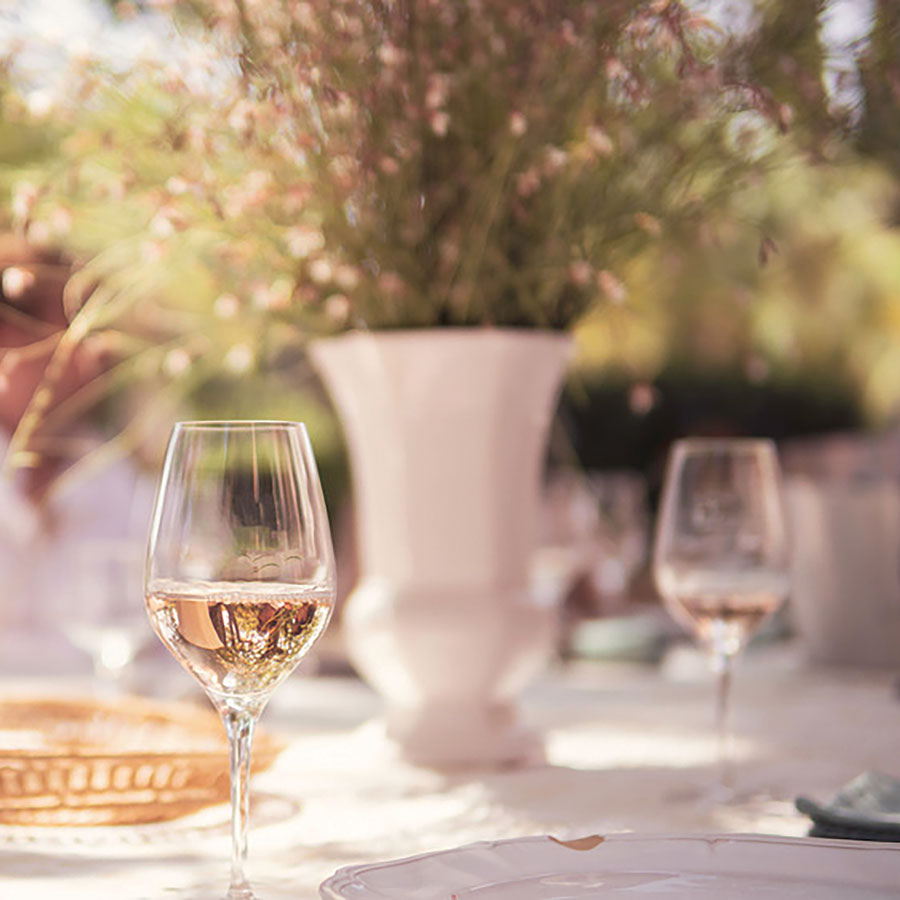Julie Dupouy pairs rosé with summer suppers …
Often associated with summer, sunny terraces, and casual apéritifs, rosé wines have for too long carried a reputation for being simple quaffing wines, hardly worthy of a moment of pause for appreciation. Yet behind their many hues of pink lies a remarkable diversity of styles – shaped by terroir, the winemaker’s touch, and time-honoured tradition. This summer, it’s time to turn the spotlight back on the unsung heroes of la vie en rosé.
The vast majority of rosés are made through a short maceration with red grapes. The colour pigments (anthocyanins) are concentrated in the skins of grapes. When the grapes are crushed, they are left to infuse in their own juice for a few hours – “staining” the wine, until the desired pink hue is achieved. The longer the maceration, the darker the wine. It’s that simple. Styles vary greatly depending on origin and grape varieties. Some rosés are dry, light, aromatic and delicate, perfect for an apéritif, while others offer more density and structure, making them ideal for enjoying throughout a meal. In France, Provence leads the charge in rosé production, with 90 per cent of its wine output dedicated to rosé, which represents 35 – 45 per cent of France’s total AOP rosé production. Provençal rosés are typically pale, dry, and aromatic, crafted mainly from Grenache Noir, Cinsault, and Syrah. Some producers also blend in white varieties like Rolle (aka Vermentino), to add freshness and aromatic finesse.
These wines are typically bottled in the iconic curvy “Bouteille Provençale”, designed in the 1960s by Monique Ferret of Château Minuty and now recognised worldwide. If you are entertaining, try a Provençal style rosé served with a prawn ceviche with exotic fruits and lime. The dish’s acidity complements the wine’s freshness, while mango, pineapple, or papaya will mirror the wine’s subtle tropical aromas. Provence is not the only region worth mentioning in France. The delicious wines of Tavel, in the southern Rhône Valley, are a must-try for lovers of fuller-bodied styles. These rosés can age beautifully – try them with Moroccan-style lamb burgers, cooked on the barbecue, served with hummus and skinny fries.
“Rosé wine is not an ‘in-between’ style; it is a category with a full identity of its own.”
In Italy, rosé is known as “rosato”. It ranges from delicate and floral examples like Chiaretto from the region of Lake Garda, to the more intense, sun-drenched styles from Puglia and Sicily, made from grapes like Negroamaro or Nero d’Avola. If you are looking for menu ideas and rosé in the supporting role, try pizza with fresh figs, gorgonzola, and rocket which is a great match for a structured, fruit-forward southern Italian rosato.
In Spain, Navarra and Rioja produce some of the country’s most reputable rosados, usually from Tempranillo and Garnacha. Some are aged in oak, developing complexity and savoury depth over time. Youthful rosados tend to be vibrant and fruit-forward, while aged versions gain structure and nuance. To elevate a classic Friday night meal, try confit duck with cherry salsa. The richness of the duck pairs beautifully with the fleshiness of a Spanish rosado, while the wine’s red fruit notes harmonise beautifully with the cherry topping.
Often overlooked, rosé wines from Austria and Germany deserve more attention. In Austria, grapes like Zweigelt and Blaufränkisch yield fresh, fruity rosés with herbal and spicy notes. In Germany, Spätburgunder (Pinot Noir) produces delicate rosés full of finesse and minerality, with floral and red berry aromas. These wines are fantastic with Asian-inspired dishes, such as a soba noodle salad with sesame, ginger, and soy dressing. The New World is also stepping up with exciting rosés. At the top of my list: Argentinian Malbec rosé. Unlike its bold red sibling, Malbec rosé is fresh, juicy, and aromatic, with notes of strawberry, watermelon, and rose petals. Its vibrant colour and crisp acidity make it perfect for warm summer days and outdoor dining. Consistent with Argentina’s barbecue culture, these rosés pair beautifully with grilled vegetables seasoned with smoked paprika, or chicken skewers with a chimichurri packed with fresh herbs and a touch of red wine vinegar.
New Zealand and Australia also offer exciting rosés in a distinctly modern style. Made from Pinot Noir, Merlot, or even Syrah, New Zealand rosés are typically very aromatic, fruit-driven, and crisp. Their defined New World profile makes them especially appealing with fusion dishes such as miso-honey-glazed salmon served with herbed couscous and pomegranate salsa.
Finally, don’t overlook serving temperature. Between 8°C and 12°C is ideal. Too cold, and the wine loses aromatic complexity; too warm, and it loses freshness and focus. Take out the good sleek glasses and give them a polish while your bottle is chilling. Rosé is capable of so much more than its stereotype of watery swill, offering lunchtime refreshment on holidays. Choose well, give it its chance and you will be handsomely rewarded this summer. @julie_dupouy

Wagner Stempel Rosé, Rheinhessen, Germany, €21; www.baggot streetwines.com.
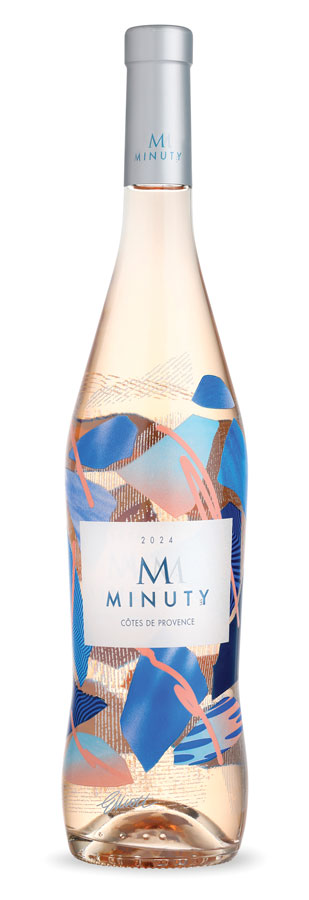
Minuty M Limited Edition, Côtes de Provence, France, €24; www.thecorkscrew.ie.
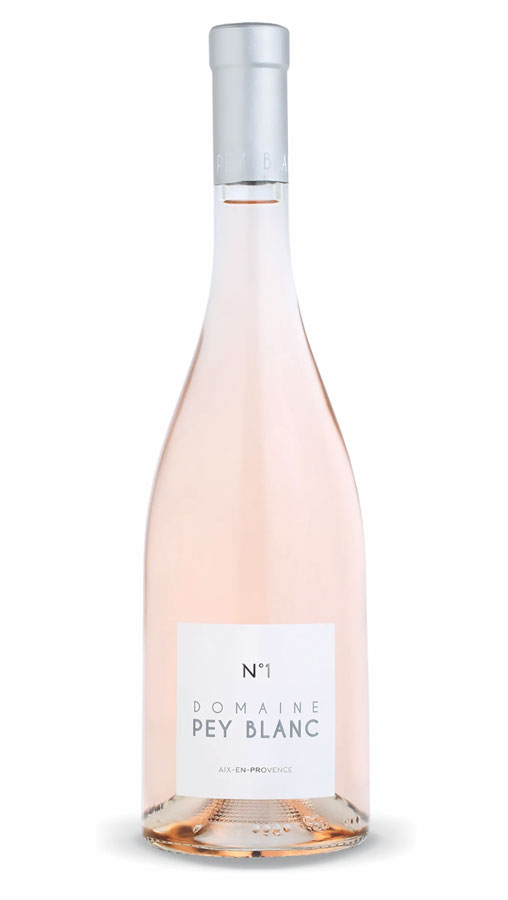
Château Pey Blanc, Cuvée 1, Coteaux d’Aix en Provence, France, €26.95; www.boutiquewines.ie.
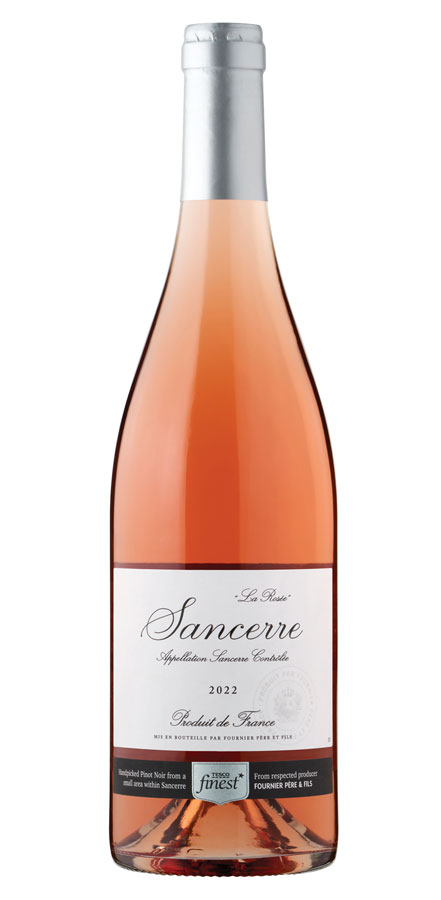
Tesco Finest “La Rosée” Sancerre Rosé, France, €22; www.tesco.ie.

Chiaretto di Bardelino Classico, Delibori, Italy, €15.95; www.vintry.ie.

Folc Rosé, Kent, England, €26; www.leonards.wine.



